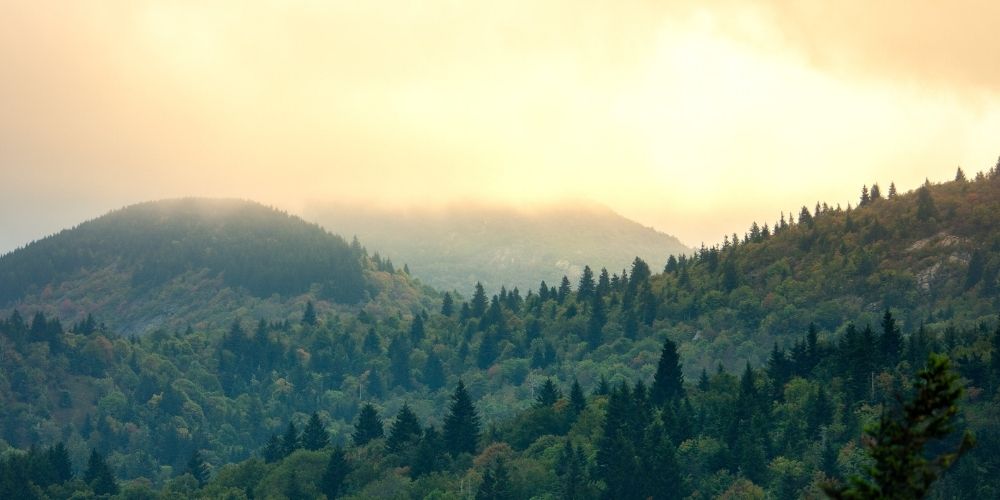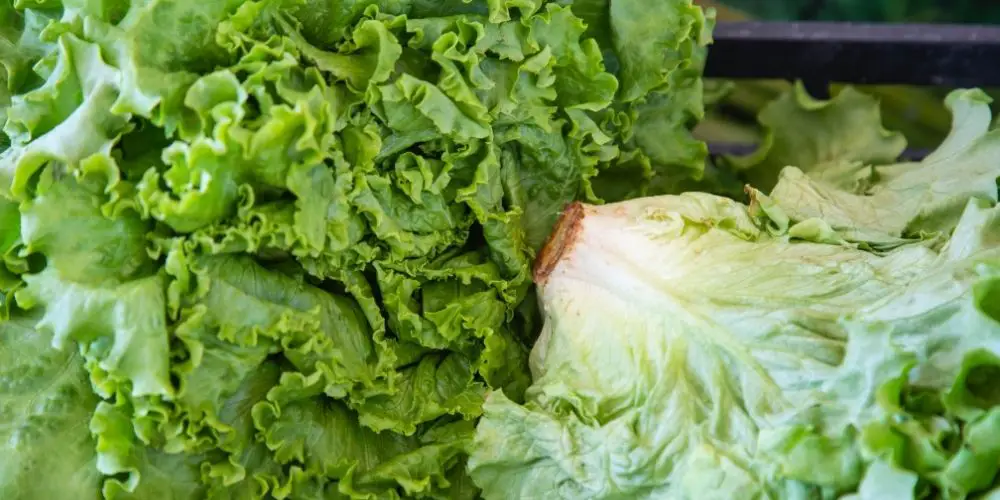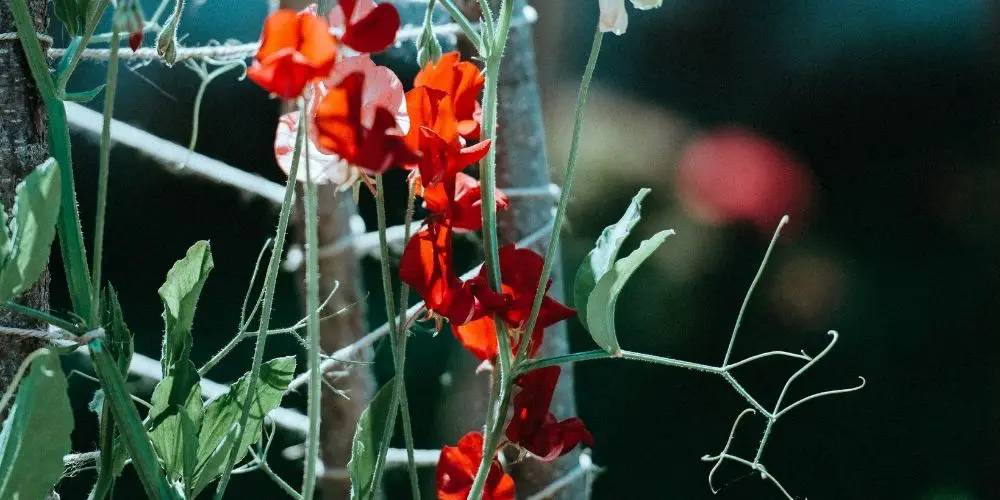We all know that trees are helpful to oxygenate the air, decrease noise pollution and improve our environment. However, did you know many different types of vegetation can help provide your home with privacy?
We will be focusing on trees in this article. There are several factors to consider when choosing which evergreen is best suited for your property. If you are looking for something aesthetically pleasing, it is essential to consider what tree species will look best on your property. Another factor to take into consideration is the size of the trees. Some trees grow up to be very large and block more sunlight than you would like them to. You should also think about the type of soil your yard contains because some soil types hold onto water better than others.
Suppose you live in an area that gets a lot of rain. In that case, you will want to avoid planting trees that produce lots of leaves or needles around their trunks because they might end up attracting insects like aphids or ants as well as mould and mildew, which could lead to terrible diseases if left untreated. In other words, you do not want to plant trees that are high maintenance.
So what is the fastest-growing tree for privacy? Several types of trees can help provide your home with much-needed privacy. The soil type and average amount of sunlight in your area will determine which evergreen will best suit your yard. Here are some options:
The Balsam Fir (Abies balsamea)
This tree is native to North America, where it grows along the eastern coast and into Canada’s boreal forests. It typically lives between 30-40 years; however, there have been reports of this species living up to 100 years! This evergreen can grow up to 60 feet tall, making it a desired choice for those who need large evergreen trees to provide their home with privacy.
The Norway Spruce (Picea abies)
This is native throughout much of Europe. It can reach heights of up to 60 feet tall and are known for their beautiful, dark green needles with white undersides that give this tree a distinctive appearance. The Norway Spruce is also very cold tolerant, perfect for harsh climates like the Great Lakes Region or anywhere in Canada where winter temperatures can get quite hard.
Black Hills Spruce (Picea glauca ‘Black Hills’)
Specifically bred to thrive in cold weather conditions, making it great for areas with winters that see significant snowfall every year. This evergreen is particularly good at growing in compacted soil because its roots produce very deep. It can also tolerate dry soil conditions, making it a perfect candidate for planting in areas with little rain, so you don’t have to worry about its roots staying hydrated throughout the year.
Eastern White Pine (Pinus strobus)
This is native to eastern North America and can reach a height of up to 200 feet tall, making it a popular selection among those who want one of the tallest evergreen trees available. Its needles are 5-7 inches long and contain silica deposits, making them ideal for carving into figurines. They are also resistant to acid because they utilize calcium carbonate as an internal buffer that helps neutralize any acids that might develop in their needles. These trees are truly majestic in appearance with their white bark and long needle-like leaves.
If you are looking for a smaller evergreen to provide your yard with privacy, then consider planting one of the following trees:
- White Spruce (Picea glauca) can reach heights up to 60 feet tall, making it great for adding height to any yard that needs privacy. This tree contains many of the same attributes of the Black Hills spruce mentioned above, so if you live somewhere cold, dry, or where the soil isn’t very rich in nutrients, this might be the right choice for you.
- Douglas Fir (Pseudotsuga menziesii), also known as Oregon Pine, originated on the west coast but has made its way east and is now considered a famous ornamental tree in the Northeast and Mid-Atlantic regions. These fast-growing evergreens can reach 200 feet tall and produce two-tone needles that feature bright green tips and dull, blue/green undersides.
- Loblolly Pine (Pinus taeda) originated in the Southeast United States. It gained notoriety for producing such massive amounts of wood that plantation owners started planting them near bodies of water because they could grow up to 100 feet. Tall! Its branches also tend to grow downward, which provides support when the tree has heavy snowfall making it another popular species for providing privacy in harsh winter climates like those found throughout the Great Lakes region and New England.















